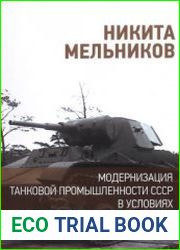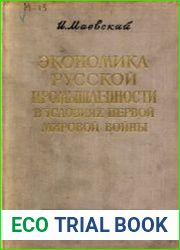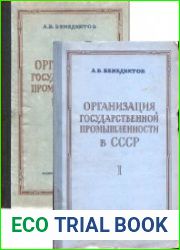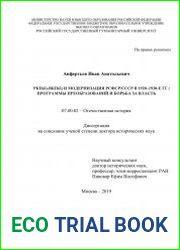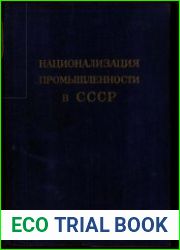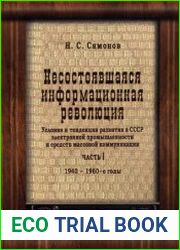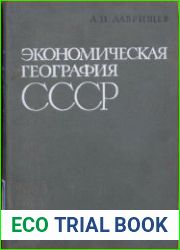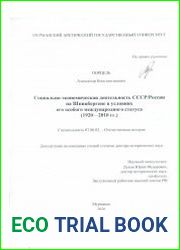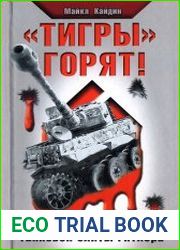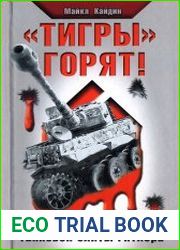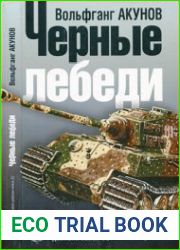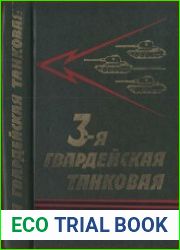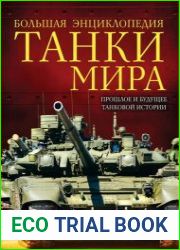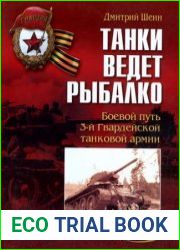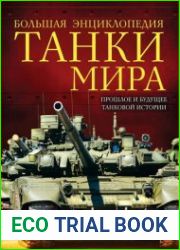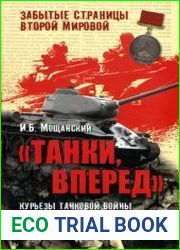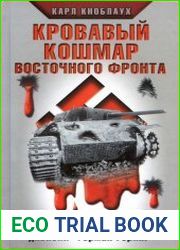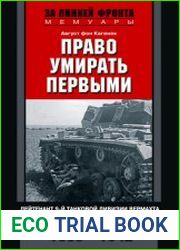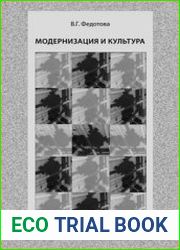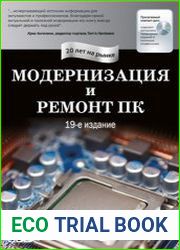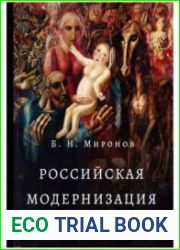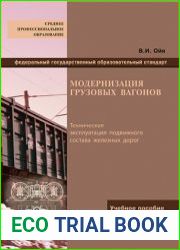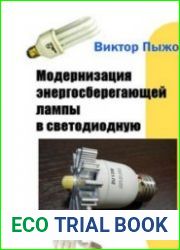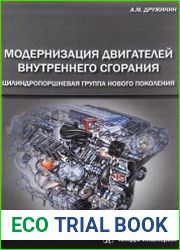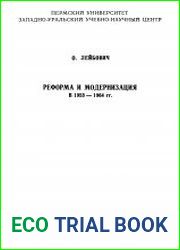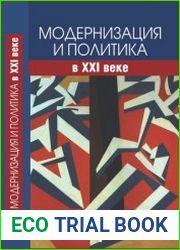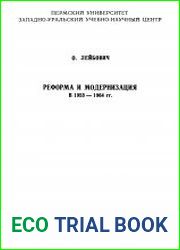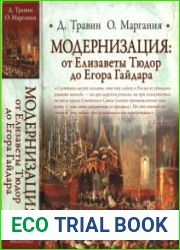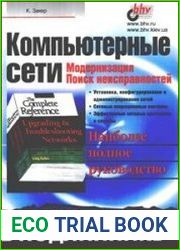
BOOKS - MILITARY HISTORY - Модернизация танковой промышленности СССР в условиях Велик...

Модернизация танковой промышленности СССР в условиях Великой Отечественной войны
Author: Мельников Н.Н.
Year: 2017
Pages: 424
Format: PDF OCR
File size: 111 MB

Year: 2017
Pages: 424
Format: PDF OCR
File size: 111 MB

The monograph is devoted to the history of the tank industry during the Great Patriotic War and its role in the victory of the Soviet Union over Nazi Germany. The book describes how the Soviet Union was able to maintain tank production despite the lack of raw materials and other resources during the war. The author argues that this was due to the introduction of new technologies and management practices, which allowed for more efficient use of available resources and increased productivity. The book also highlights the importance of the tank industry in the war effort and the need for continued investment in technology development to ensure future success. The book begins with an overview of the tank industry before the war, including the types of tanks produced and their performance in previous conflicts. It then discusses the challenges faced by the industry during the war, such as shortages of raw materials and equipment, and how these challenges were overcome through innovation and adaptation. The author examines the impact of the war on the industry, including the loss of factories and personnel, and how these losses were mitigated through the introduction of new technologies and management practices. The book also explores the role of the tank industry in the war effort, including the development of new tanks and weapons systems, and how these advancements contributed to the ultimate victory of the Soviet Union. Finally, the author reflects on the lessons learned from the war and how they can be applied to modern-day challenges facing the industry.
Монография посвящена истории танковой промышленности в годы Великой Отечественной войны и ее роли в победе Советского Союза над фашистской Германией. В книге описывается, как Советский Союз смог сохранить танковое производство, несмотря на нехватку сырья и других ресурсов во время войны. Автор утверждает, что это произошло благодаря внедрению новых технологий и методов управления, которые позволили более эффективно использовать имеющиеся ресурсы и повысить производительность. В книге также подчеркивается важность танковой промышленности в военных усилиях и необходимость постоянных инвестиций в развитие технологий для обеспечения будущего успеха. Книга начинается с обзора танковой промышленности до войны, включая типы выпущенных танков и их производительность в предыдущих конфликтах. Затем обсуждаются проблемы, с которыми столкнулась промышленность во время войны, такие как нехватка сырья и оборудования, и как эти проблемы были преодолены с помощью инноваций и адаптации. Автор рассматривает влияние войны на отрасль, включая потерю заводов и персонала, и то, как эти потери были смягчены за счет внедрения новых технологий и практики управления. В книге также рассматривается роль танковой промышленности в военных действиях, включая разработку новых танков и систем вооружения, и то, как эти достижения способствовали окончательной победе Советского Союза. Наконец, автор размышляет об уроках, извлеченных из войны, и о том, как их можно применить к современным вызовам, стоящим перед отраслью.
La monographie traite de l'histoire de l'industrie des chars pendant la Grande Guerre patriotique et de son rôle dans la victoire de l'Union soviétique sur l'Allemagne fasciste. livre décrit comment l'Union soviétique a réussi à maintenir la production de chars malgré la pénurie de matières premières et d'autres ressources pendant la guerre. L'auteur affirme que cela s'est produit grâce à l'introduction de nouvelles technologies et techniques de gestion qui ont permis une utilisation plus efficace des ressources disponibles et une productivité accrue. livre souligne également l'importance de l'industrie des chars dans l'effort de guerre et la nécessité d'investir constamment dans le développement de la technologie pour assurer le succès futur. livre commence par un aperçu de l'industrie des chars avant la guerre, y compris les types de chars libérés et leur performance dans les conflits précédents. Ensuite, nous discutons des défis auxquels l'industrie a été confrontée pendant la guerre, tels que la pénurie de matières premières et d'équipements, et de la façon dont ces défis ont été surmontés par l'innovation et l'adaptation. L'auteur examine l'impact de la guerre sur l'industrie, y compris la perte d'usines et de personnel, et la façon dont ces pertes ont été atténuées par l'introduction de nouvelles technologies et pratiques de gestion. livre traite également du rôle de l'industrie des chars dans les hostilités, y compris le développement de nouveaux chars et systèmes d'armes, et de la façon dont ces réalisations ont contribué à la victoire finale de l'Union soviétique. Enfin, l'auteur réfléchit aux enseignements tirés de la guerre et à la façon dont ils peuvent être appliqués aux défis actuels auxquels l'industrie est confrontée.
La monografía trata de la historia de la industria panzer durante los de la Gran Guerra Patria y su papel en la victoria de la Unión Soviética sobre la Alemania fascista. libro describe cómo la Unión Soviética pudo mantener la producción de tanques a pesar de la escasez de materias primas y otros recursos durante la guerra. autor sostiene que esto se debió a la introducción de nuevas tecnologías y técnicas de gestión que permitieron un uso más eficiente de los recursos disponibles y una mayor productividad. libro también destaca la importancia de la industria de tanques en el esfuerzo de guerra y la necesidad de una inversión constante en el desarrollo de tecnología para asegurar el éxito futuro. libro comienza con una revisión de la industria de tanques antes de la guerra, incluyendo los tipos de tanques producidos y su rendimiento en conflictos anteriores. Luego se discuten los problemas que la industria enfrentó durante la guerra, como la escasez de materias primas y equipos, y cómo estos problemas fueron superados a través de la innovación y la adaptación. autor examina el impacto de la guerra en la industria, incluyendo la pérdida de fábricas y personal, y cómo estas pérdidas se han mitigado mediante la introducción de nuevas tecnologías y prácticas de gestión. libro también examina el papel de la industria de tanques en las hostilidades, incluyendo el desarrollo de nuevos tanques y sistemas de armamento, y cómo estos avances contribuyeron a la victoria final de la Unión Soviética. Finalmente, el autor reflexiona sobre las lecciones aprendidas de la guerra y cómo se pueden aplicar a los desafíos contemporáneos que enfrenta la industria.
A monografia trata da história da indústria dos tanques durante a Grande Guerra Nacional e do seu papel na vitória da União Soviética sobre a Alemanha fascista. O livro descreve como a União Soviética conseguiu manter a produção de tanques, apesar da escassez de matérias-primas e outros recursos durante a guerra. O autor afirma que isso ocorreu através da introdução de novas tecnologias e métodos de gestão que permitem uma melhor utilização dos recursos disponíveis e uma maior produtividade. O livro também enfatiza a importância da indústria dos tanques nos esforços militares e a necessidade de investimentos contínuos no desenvolvimento de tecnologias para garantir o sucesso futuro. O livro começa com uma visão da indústria de tanques antes da guerra, incluindo os tipos de tanques lançados e sua produtividade em conflitos anteriores. Em seguida, são discutidos os desafios que a indústria enfrentou durante a guerra, como a escassez de matérias-primas e equipamentos, e como esses desafios foram superados com inovação e adaptação. O autor considera o impacto da guerra na indústria, incluindo a perda de fábricas e pessoal, e como essas perdas foram atenuadas através da introdução de novas tecnologias e práticas de gestão. O livro também aborda o papel da indústria de tanques nas ações militares, incluindo o desenvolvimento de novos tanques e sistemas de armamento, e como estes avanços contribuíram para a vitória final da União Soviética. Por fim, o autor reflete sobre as lições aprendidas da guerra e como elas podem ser aplicadas aos desafios atuais da indústria.
Monografia dedicata alla storia dell'industria dei carri armati durante la Grande Guerra Paterna e il suo ruolo nella vittoria dell'Unione Sovietica sulla Germania fascista. Il libro descrive come l'Unione Sovietica è riuscita a mantenere la produzione di carri armati nonostante la carenza di materie prime e altre risorse durante la guerra. L'autore sostiene che ciò sia avvenuto grazie all'introduzione di nuove tecnologie e metodi di gestione che consentono di sfruttare meglio le risorse esistenti e migliorare la produttività. Il libro sottolinea anche l'importanza dell'industria dei carri armati negli sforzi militari e la necessità di investire costantemente nello sviluppo tecnologico per garantire il successo futuro. Il libro inizia con una panoramica dell'industria dei carri armati prima della guerra, compresi i tipi di carri armati rilasciati e le loro prestazioni nei conflitti precedenti. discutono poi i problemi che l'industria ha affrontato durante la guerra, come la carenza di materie prime e attrezzature, e come questi problemi siano stati superati con l'innovazione e l'adattamento. L'autore esamina l'impatto della guerra sul settore, inclusa la perdita di fabbriche e personale, e il modo in cui tali perdite sono state mitigate grazie all'introduzione di nuove tecnologie e pratiche di gestione. Il libro affronta anche il ruolo dell'industria dei carri armati nelle operazioni militari, tra cui lo sviluppo di nuovi carri armati e sistemi di armi, e il modo in cui questi progressi hanno contribuito alla vittoria finale dell'Unione Sovietica. Infine, l'autore riflette sulle lezioni imparate dalla guerra e su come possono essere applicate alle sfide attuali del settore.
Die Monographie widmet sich der Geschichte der Panzerindustrie während des Großen Vaterländischen Krieges und ihrer Rolle beim eg der Sowjetunion über das faschistische Deutschland. Das Buch beschreibt, wie die Sowjetunion trotz des Mangels an Rohstoffen und anderen Ressourcen während des Krieges die Panzerproduktion aufrechterhalten konnte. Der Autor argumentiert, dass dies auf die Einführung neuer Technologien und Managementmethoden zurückzuführen ist, die es ermöglichten, die verfügbaren Ressourcen effizienter zu nutzen und die Produktivität zu steigern. Das Buch betont auch die Bedeutung der Panzerindustrie für die Kriegsanstrengungen und die Notwendigkeit, ständig in die Entwicklung von Technologien zu investieren, um den zukünftigen Erfolg zu sichern. Das Buch beginnt mit einem Überblick über die Panzerindustrie vor dem Krieg, einschließlich der Arten der produzierten Panzer und ihrer istung in früheren Konflikten. Dann werden die Herausforderungen diskutiert, mit denen die Industrie während des Krieges konfrontiert war, wie der Mangel an Rohstoffen und Ausrüstung, und wie diese Herausforderungen durch Innovation und Anpassung bewältigt wurden. Der Autor untersucht die Auswirkungen des Krieges auf die Branche, einschließlich des Verlusts von Fabriken und Personal, und wie diese Verluste durch die Einführung neuer Technologien und Managementpraktiken gemildert wurden. Das Buch untersucht auch die Rolle der Panzerindustrie bei Feindseligkeiten, einschließlich der Entwicklung neuer Panzer und Waffensysteme, und wie diese Fortschritte zum endgültigen eg der Sowjetunion beigetragen haben. Schließlich reflektiert der Autor die hren aus dem Krieg und wie sie auf die aktuellen Herausforderungen der Branche angewendet werden können.
''
Monografi, Büyük Vatanseverlik Savaşı sırasında tank endüstrisinin tarihine ve Sovyetler Birliği'nin Nazi Almanyası üzerindeki zaferindeki rolüne ayrılmıştır. Kitap, Sovyetler Birliği'nin savaş sırasında hammadde ve diğer kaynak kıtlığına rağmen tank üretimini nasıl sürdürebildiğini anlatıyor. Yazar, bunun mevcut kaynakların daha verimli kullanılmasını ve verimliliğin artmasını sağlayan yeni teknolojilerin ve yönetim yöntemlerinin tanıtılmasından kaynaklandığını iddia ediyor. Kitap ayrıca, tank endüstrisinin savaş çabalarındaki önemini ve gelecekteki başarıyı sağlamak için teknoloji geliştirmeye sürekli yatırım yapılması gerektiğini vurgulamaktadır. Kitap, savaştan önce üretilen tank türleri ve önceki çatışmalardaki performansları da dahil olmak üzere tank endüstrisine genel bir bakış ile başlıyor. Daha sonra, hammadde ve ekipman kıtlığı gibi savaş sırasında endüstrinin karşılaştığı sorunlar ve bu sorunların inovasyon ve adaptasyon yoluyla nasıl aşıldığı tartışılmaktadır. Yazar, fabrikaların ve personelin kaybı da dahil olmak üzere savaşın endüstri üzerindeki etkisine ve bu kayıpların yeni teknolojilerin ve yönetim uygulamalarının tanıtılmasıyla nasıl azaltıldığına bakıyor. Kitap ayrıca, yeni tankların ve silah sistemlerinin geliştirilmesi de dahil olmak üzere askeri operasyonlarda tank endüstrisinin rolünü ve bu başarıların Sovyetler Birliği'nin nihai zaferine nasıl katkıda bulunduğunu incelemektedir. Son olarak, yazar savaştan öğrenilen dersleri ve endüstrinin karşılaştığı çağdaş zorluklara nasıl uygulanabileceğini yansıtıyor.
تم تكريس الدراسة لتاريخ صناعة الدبابات خلال الحرب الوطنية العظمى ودورها في انتصار الاتحاد السوفيتي على ألمانيا النازية. يصف الكتاب كيف تمكن الاتحاد السوفيتي من الحفاظ على إنتاج الدبابات على الرغم من نقص المواد الخام والموارد الأخرى خلال الحرب. ويدعي صاحب البلاغ أن ذلك يرجع إلى إدخال تكنولوجيات وأساليب إدارية جديدة أدت إلى زيادة كفاءة استخدام الموارد المتاحة وزيادة الإنتاجية. كما يسلط الكتاب الضوء على أهمية صناعة الدبابات في المجهود الحربي والحاجة إلى استمرار الاستثمار في تطوير التكنولوجيا لضمان النجاح في المستقبل. يبدأ الكتاب بلمحة عامة عن صناعة الدبابات قبل الحرب، بما في ذلك أنواع الدبابات المنتجة وأدائها في النزاعات السابقة. ثم تناقش القضايا التي واجهتها الصناعة خلال الحرب، مثل نقص المواد الخام والمعدات، وكيف تم التغلب على هذه المشاكل من خلال الابتكار والتكيف. ينظر المؤلف في تأثير الحرب على الصناعة، بما في ذلك فقدان المصانع والموظفين، وكيف تم التخفيف من هذه الخسائر من خلال إدخال تكنولوجيات وممارسات إدارية جديدة. يبحث الكتاب أيضًا في دور صناعة الدبابات في العمليات العسكرية، بما في ذلك تطوير دبابات وأنظمة أسلحة جديدة، وكيف ساهمت هذه الإنجازات في الانتصار النهائي للاتحاد السوفيتي. أخيرًا، يتحدث المؤلف عن الدروس المستفادة من الحرب وكيف يمكن تطبيقها على التحديات المعاصرة التي تواجه الصناعة.







